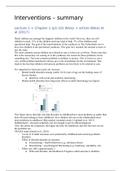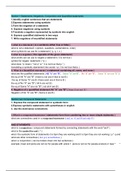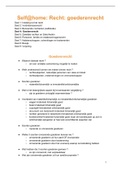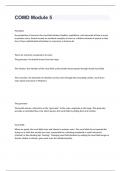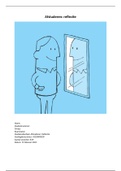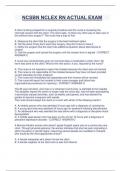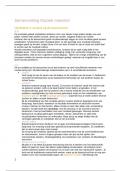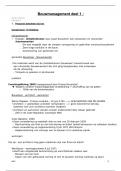Samenvatting
summary interventions
- Vak
- Interventions
- Instelling
- Radboud Universiteit Nijmegen (RU)
This summary contains all the information that has been covered in the lectures. It also summarizes a part of the book (chapters 1 & 2) and some articles. The summary is in English, since this is an English course.
[Meer zien]
